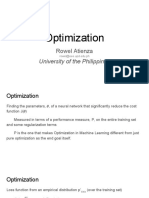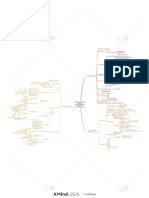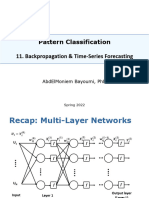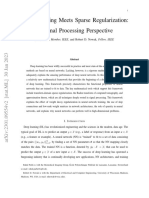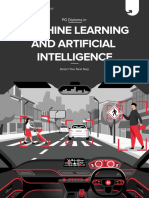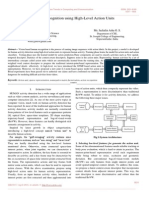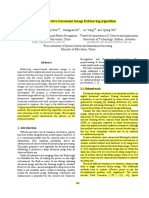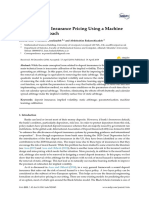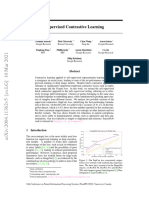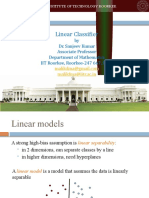0% found this document useful (0 votes)
45 views27 pagesChapter 8-Deep Learning Book
Chapter 8 of the Deep Learning Book discusses optimization techniques for training deep learning models, emphasizing the distinction between machine learning and pure optimization. It covers concepts such as empirical risk minimization, surrogate loss functions, and the use of minibatch algorithms to improve computational efficiency. The chapter also addresses challenges faced in optimization, including local minima, saddle points, and cliffs, along with methods like gradient clipping and momentum to enhance learning algorithms.
Uploaded by
brandao.mat.ufcgCopyright
© © All Rights Reserved
We take content rights seriously. If you suspect this is your content, claim it here.
Available Formats
Download as PDF, TXT or read online on Scribd
0% found this document useful (0 votes)
45 views27 pagesChapter 8-Deep Learning Book
Chapter 8 of the Deep Learning Book discusses optimization techniques for training deep learning models, emphasizing the distinction between machine learning and pure optimization. It covers concepts such as empirical risk minimization, surrogate loss functions, and the use of minibatch algorithms to improve computational efficiency. The chapter also addresses challenges faced in optimization, including local minima, saddle points, and cliffs, along with methods like gradient clipping and momentum to enhance learning algorithms.
Uploaded by
brandao.mat.ufcgCopyright
© © All Rights Reserved
We take content rights seriously. If you suspect this is your content, claim it here.
Available Formats
Download as PDF, TXT or read online on Scribd
/ 27














